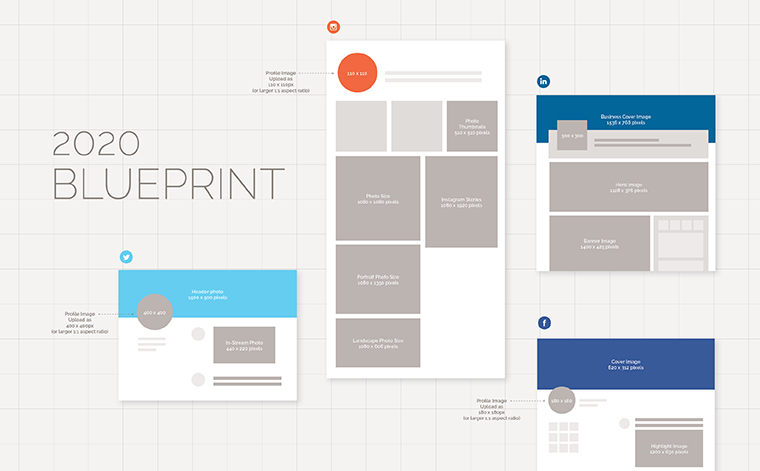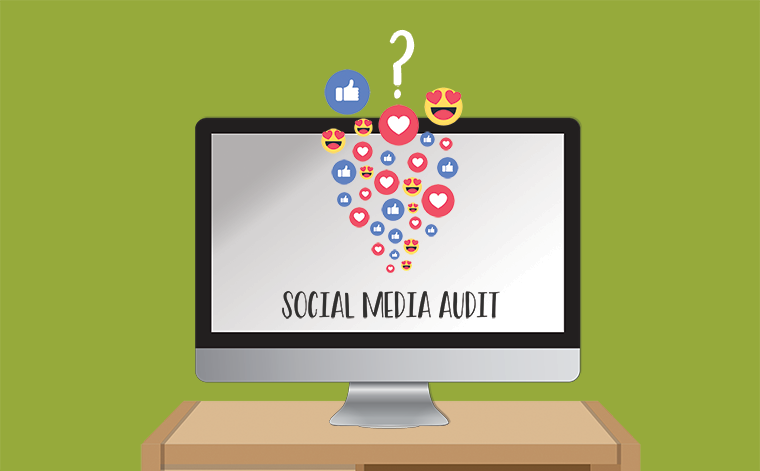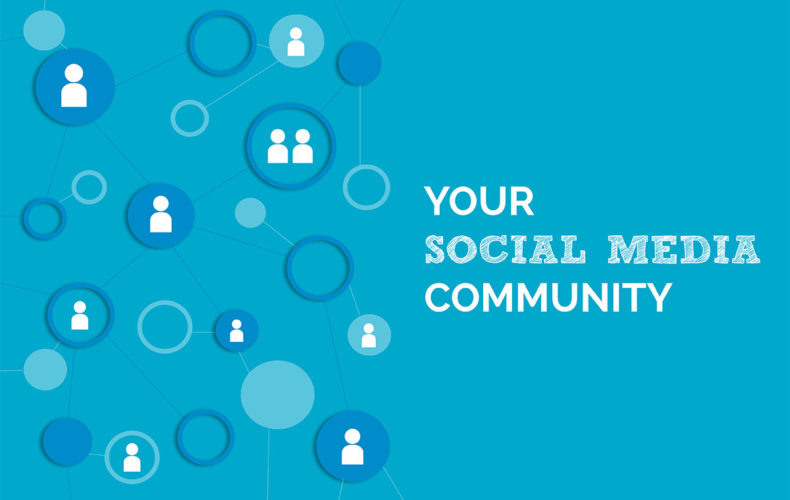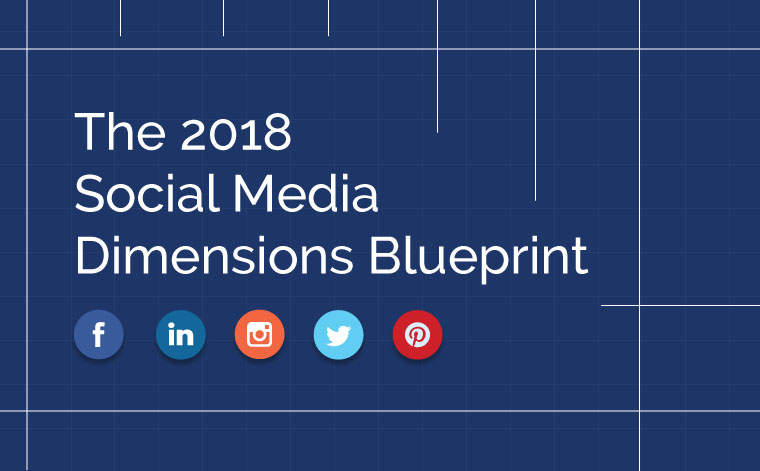Social media is ever-changing. The networking platforms’ newsfeed algorithms are constantly shifting. Topic and engagement trends evolve quickly. And because social media platforms are frequently updating their layouts, recommended dimensions for profile, cover and other images can change on a whim… it can be tough for social media marketers to keep up and optimized.













